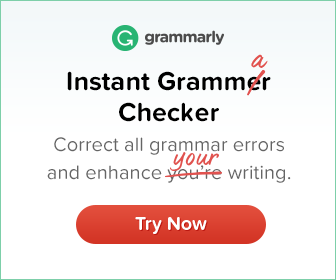An overview of infinitives
September 16th, 2013 in English Learning
An infinitive is a type of a non-finite verb. Infinitives are usually preceded by the marker to, but note that they can also be used without to. When an infinitive is used with ‘to’, it is called a to-infinitive. When it is used without to, it is called a bare infinitive.
Read the sentences given below.
I want to write a letter.
Here the infinitive (to write) is used with to.
I can write a letter.
Here the infinitive (write) is used without to.
Finite and non-finite verbs
There is an important difference between finite and non-finite verbs. The form of a finite verb is determined by the number and person of the subject. Read the sentences given below.
I work at a bank.
My sister also works at the same bank.
Both sentences have the same verb – work. In the first sentence the verb ‘work’ is used without the marker –s because the subject is the first person pronoun I. In the second sentence the same verb takes the marker –s because the subject is a singular noun.
Non-finite verbs have the same form regardless of the number and person of the subject.
I want to go.
He wants to go.
She wants to go.
They want to go.
They wanted to go.
As you can see, the finite verb (want) changes its form according to the change in the number and person of the subject. The form of the finite verb also changes with a change in the tense. The non-finite verb (to go) remains the same.
Only finite verbs can make independent clauses. Non-finite verbs need to be used with a finite verb.
Let’s go back to our original topic of discussion – infinitives. We have already seen that there are two types of infinitives – to infinitives and bare infinitives.

